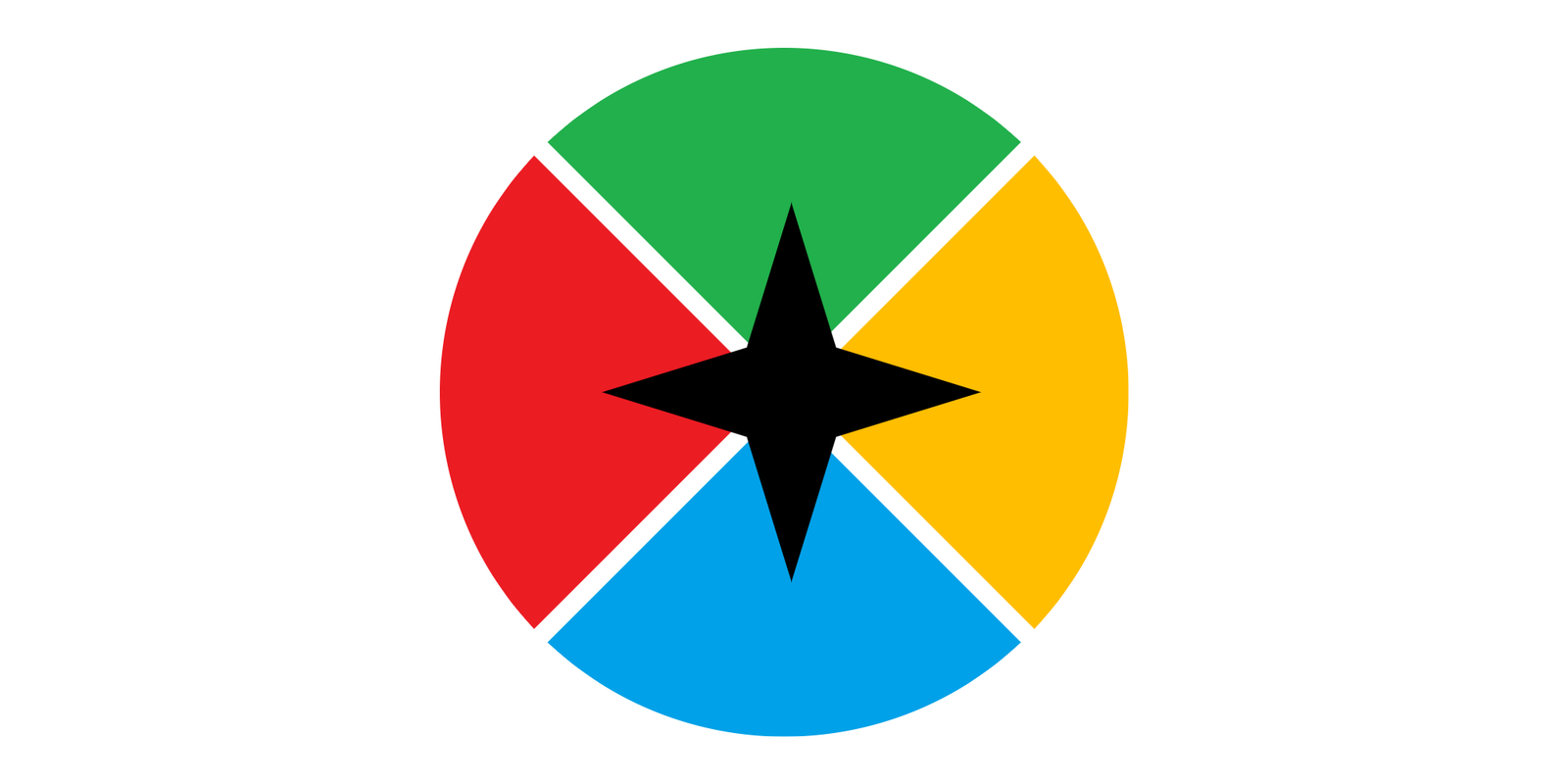News
Type-1 Diabetes
Introduction
Having diabetes means planning any outdoor/adventure activities so that you are prepared for managing your blood glucose levels whatever the conditions.
If you are going on an outdoor adventure trip with school/college make sure that activity centre/instructors/providers know you have Type 1 Diabetes.
Outdoor and adventure activities often take place in dangerous or tricky environments. This means more planning to stay safe and have fun.
Blood Glucose Monitoring
Regular blood glucose monitoring is essential for safety. You will need to check blood glucose levels(BGLs) before, during and after your activity to be safe and prevent highs and lows. Aim to keep your blood glucose levels between 6 and 8mmol/L as much as possible.
Always make sure your BGL is above 5.5mmol/L before you start any activity. You will also need to think about how you are going to carry and protect your blood glucose testing kit from the environment. You don’t want it to get too hot or cold or wet!
Spare Kit
Make sure you have plenty of supplies, take more than you need in case of accidents.
Insulin Adjustments
You will probably need to adjust your insulin to keep your blood glucose levels stable both during the day and at night. You may find that some types of activity push your blood glucose levels up. Even if this happens there is a risk of low blood glucose levels after the activity and overnight.
Check and Adjust
Plan to check and adjust your insulin often. If you have good diabetes control and you are not usually very active you may need to lower your insulin doses before you start your adventure. If you are normally very active you may not need to make many changes but be prepared for different blood glucose responses. If your blood glucose levels are running high before you go you may not need to make too many adjustments to have better blood glucose levels.
Injected insulin
If you are on injected insulin think about lowering your night-time background insulin by 20% the night before you go away. You may need to make further reductions depending on your blood glucose levels. You can also reduce your mealtime insulin before and after activity to prevent low blood glucose levels.
Insulin pump therapy
Lower your basal rate by 20% the night before you go away if you think you need less insulin to prevent lows. Reduce your mealtime bolus insulin if needed and only use normal boluses before activity sessions. Think about when and how you will wear your pump. Think about your cannula site and the clothing/equipment you may be wearing. For example, a cannula plus climbing harness could be uncomfortable. Think about how you will protect your pump from the environment – is it waterproof and will you need to protect it from getting bashed.
What activities will you be doing?
It is easier to plan if you know a bit about the activity you will be doing. Doing new activities you may find it hard to predict what will happen to your BG. Lots of outdoor sports are high adrenaline activities like climbing, abseiling or high ropes courses. Adrenaline pushes your blood glucose levels up. Be prepared to feel low with a high BGL – check whenever possible before treating. Getting wet and cold or hot will also affect blood glucose levels – usually this will make BGLs drop.
Getting wet and cold also makes checking BGL more difficult – have a plan in place to deal with this.
You may also need to think about the clothing and equipment you will be wearing – you will be able to monitor your BG or give insulin?
Eat plenty and drink lots of fluids
Being more active will increase the amount you need to eat. Start your days with a good breakfast and eat well across the day. You may find that food needs less insulin and you can snack without insulin between meals and before bed.
Have meals based on low-fat starchy carbohydrate foods. Always have something to drink with your meals and take water with you to drink whilst being active. If your blood glucose is high you will need to drink more to stay well hydrated.
How much carbohydrate during activity?
The amount you need to eat during your activity will depend on your blood glucose levels and active insulin. As a general guide, you should consume 10-15 g carbohydrate every 20-30minutes if your blood glucose levels are below 7mmol/L. If your blood glucose level is rising you may not need any extra carbohydrate.
Have 10-15g carbohydrate at the beginning of activity if your BGL is below 7mmol/L. If you have not reduced your insulin you may need to eat more carbohydrate. Keep checking your BGL and use extra carbohydrate to prevent low blood glucose levels.
How much fluid during activity?
Remember it is important to drink when you are being active especially in warm weather. Have 150-300ml to drink in the hour before activity sessions and then have at least 100-150ml every 30 minutes.
After your activity
Remember that after any activity your blood glucose level may drop over the next 12-24 hours. Makes sure you eat well, reduce your insulin if needed and check your BG regularly.
Information written by Francesca Annan RD, BSc, MSc
Paediatric Diabetes Dietitian at Alder Hey Children’s NHS Foundation Trust
Produced September 2015; Review Date January 2017 
